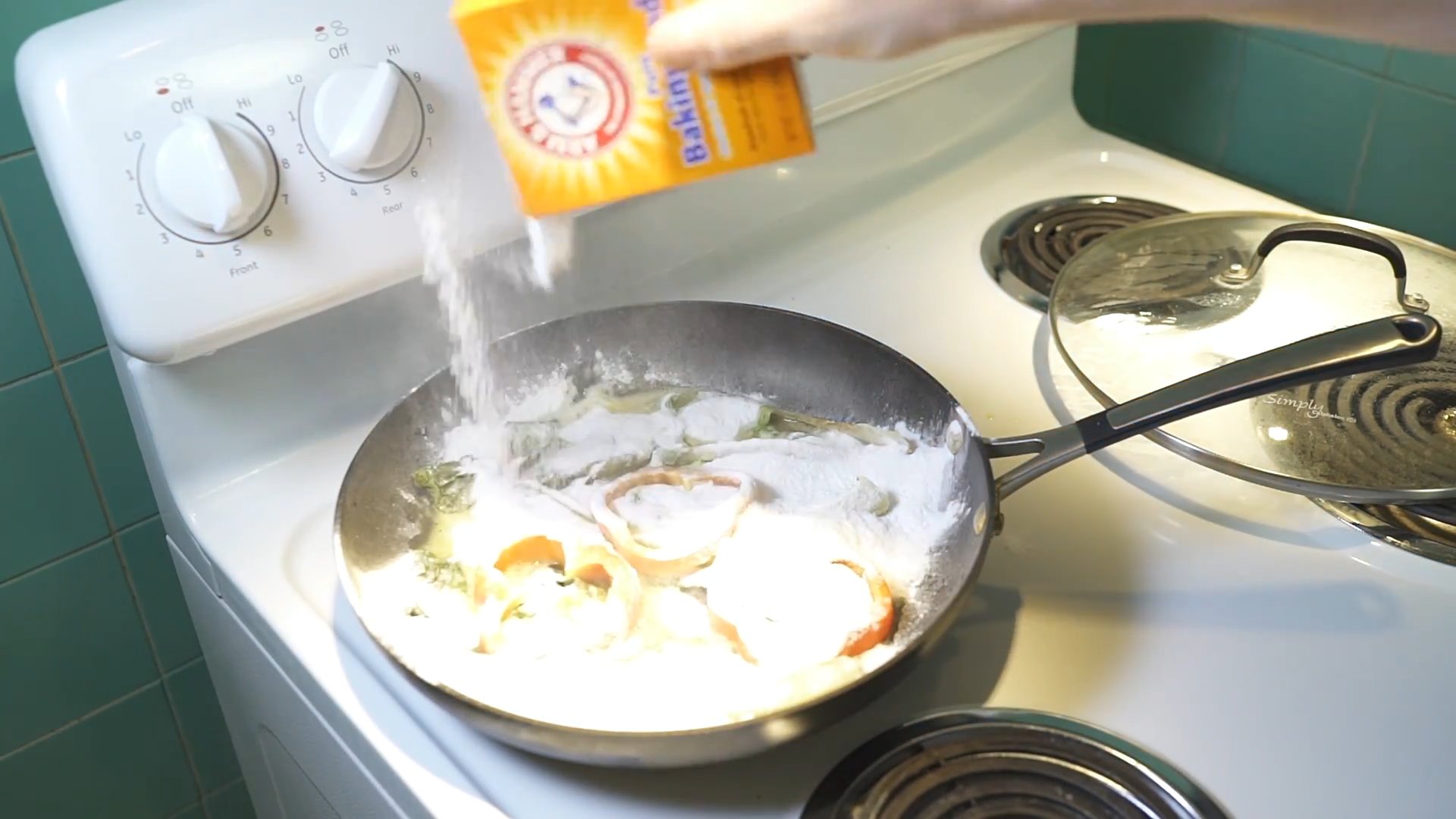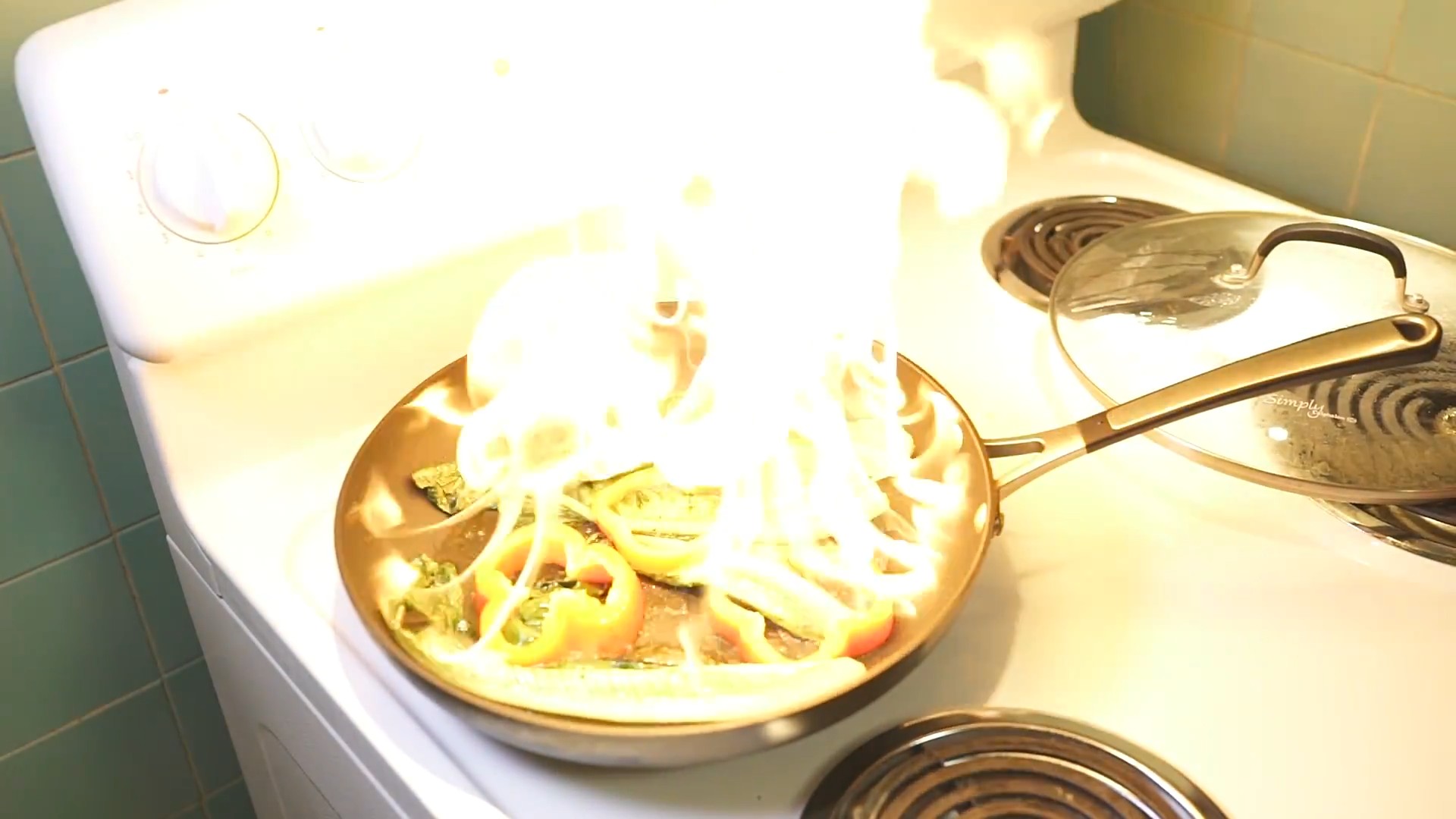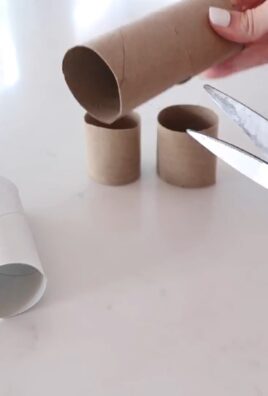Grow Dill Indoors Easily? Absolutely! Imagine having fresh, fragrant dill right at your fingertips, ready to elevate your culinary creations any time of year. No more sad, wilted bunches from the grocery store – just vibrant, flavorful dill grown with your own two hands. For centuries, dill has been cherished not only for its distinct taste but also for its medicinal properties. Ancient Egyptians used it to soothe digestion, while the Romans believed it brought good fortune.
But let’s be honest, sometimes life gets in the way of a sprawling outdoor garden. That’s where this DIY guide comes in! I’m going to show you how to grow dill indoors easily, even if you have limited space or a less-than-green thumb. We’ll cover everything from choosing the right container and soil to providing the perfect amount of light and water.
Why is this so important? Because fresh herbs can transform a dish from ordinary to extraordinary. Plus, growing your own dill is incredibly rewarding and surprisingly simple. You’ll save money, reduce waste, and enjoy the satisfaction of nurturing something beautiful and useful. So, grab your gardening gloves, and let’s get started on this exciting indoor gardening adventure!

Growing Swiss Chard Indoors: A Complete DIY Guide
Hey there, fellow gardening enthusiasts! Ever dreamt of having fresh, vibrant Swiss chard right at your fingertips, even when the weather outside is frightful? Well, dream no more! I’m going to walk you through the entire process of growing Swiss chard indoors, from seed to harvest. It’s easier than you think, and the rewards are oh-so-delicious.
What You’ll Need
Before we dive in, let’s gather our supplies. Here’s a checklist of everything you’ll need to successfully grow Swiss chard indoors:
* **Swiss Chard Seeds:** Choose your favorite variety! ‘Bright Lights’ is a popular choice for its colorful stems, but ‘Lucullus’ and ‘Fordhook Giant’ are also excellent options.
* **Seed Starting Trays or Small Pots:** These will be used to germinate the seeds.
* **Seed Starting Mix:** This is a lightweight, sterile soil mix specifically designed for seedlings.
* **Larger Pots (at least 6 inches in diameter):** These will be the permanent homes for your chard plants.
* **Potting Soil:** A good quality potting mix that drains well.
* **Grow Lights:** Essential for providing adequate light, especially during the shorter days of winter. LED grow lights are energy-efficient and work great.
* **Watering Can or Spray Bottle:** For gentle watering.
* **Liquid Fertilizer:** A balanced liquid fertilizer to feed your plants.
* **Optional: Heat Mat:** To speed up germination.
* **Optional: Humidity Dome:** To maintain moisture during germination.
Section 1: Starting Your Seeds
Okay, let’s get those seeds germinating! This is the first crucial step to a bountiful indoor chard harvest.
1. **Prepare Your Seed Starting Trays:** Fill your seed starting trays or small pots with seed starting mix. Gently press the mix down to eliminate air pockets.
2. **Sow the Seeds:** Sow the Swiss chard seeds about ½ inch deep in the seed starting mix. I usually plant 2-3 seeds per cell or pot to increase the chances of germination.
3. **Water Gently:** Water the seed starting mix thoroughly, but gently, using a watering can or spray bottle. You want the mix to be moist, but not soggy.
4. **Provide Warmth and Humidity:** Place the seed starting trays or pots on a heat mat (optional) and cover them with a humidity dome (optional). This will help to maintain a warm and humid environment, which is ideal for germination. If you don’t have a heat mat or humidity dome, simply place the trays in a warm location.
5. **Wait for Germination:** Swiss chard seeds typically germinate in 5-10 days. Keep the seed starting mix consistently moist during this time. Check daily and water as needed.
6. **Provide Light:** Once the seedlings emerge, remove the humidity dome (if used) and place the trays under grow lights. Position the grow lights a few inches above the seedlings.
Section 2: Transplanting Your Seedlings
Once your seedlings have developed a few sets of true leaves (the leaves that look like miniature versions of adult chard leaves), it’s time to transplant them into larger pots.
1. **Prepare Your Larger Pots:** Fill your larger pots (at least 6 inches in diameter) with potting soil. Leave about an inch of space at the top of the pot.
2. **Carefully Remove Seedlings:** Gently remove the seedlings from the seed starting trays or small pots. Be careful not to damage the roots. If you planted multiple seeds per cell, you may need to carefully separate the seedlings. Choose the strongest seedling to transplant and discard the others.
3. **Plant the Seedlings:** Make a small hole in the potting soil in the center of the pot. Place the seedling in the hole and gently backfill with potting soil. Make sure the top of the root ball is level with the surface of the soil.
4. **Water Thoroughly:** Water the newly transplanted seedlings thoroughly.
5. **Provide Light and Warmth:** Place the pots under grow lights. Swiss chard needs at least 6 hours of light per day. Maintain a temperature of 60-70°F (15-21°C).
Section 3: Caring for Your Swiss Chard Plants
Now that your Swiss chard plants are happily settled in their new homes, it’s time to provide them with the care they need to thrive.
1. **Watering:** Water your Swiss chard plants regularly, but avoid overwatering. The soil should be consistently moist, but not soggy. Check the soil moisture by sticking your finger into the soil. If the top inch of soil feels dry, it’s time to water.
2. **Fertilizing:** Feed your Swiss chard plants with a balanced liquid fertilizer every 2-3 weeks. Follow the instructions on the fertilizer label. I like to use a fertilizer that is specifically formulated for leafy greens.
3. **Light:** Ensure your Swiss chard plants receive at least 6 hours of light per day. If you’re using grow lights, adjust the height of the lights as the plants grow to maintain the optimal distance.
4. **Temperature:** Maintain a temperature of 60-70°F (15-21°C). Avoid exposing your plants to extreme temperatures.
5. **Humidity:** Swiss chard prefers moderate humidity. If the air in your home is very dry, you can increase the humidity around your plants by placing a tray of water near them or using a humidifier.
6. **Pest Control:** Keep an eye out for pests such as aphids, spider mites, and whiteflies. If you notice any pests, treat them promptly with an insecticidal soap or neem oil. I always prefer organic solutions when possible.
7. **Air Circulation:** Good air circulation is important for preventing fungal diseases. Make sure your plants have adequate space between them and that there is good airflow around them. A small fan can help improve air circulation.
Section 4: Harvesting Your Swiss Chard
The best part! Harvesting your own homegrown Swiss chard is incredibly satisfying.
1. **When to Harvest:** You can start harvesting Swiss chard leaves when they are about 6 inches long.
2. **How to Harvest:** Harvest the outer leaves first, leaving the inner leaves to continue growing. You can harvest individual leaves or cut the entire plant about 2 inches above the soil. If you cut the entire plant, it will regrow.
3. **Harvesting Technique:** Use a sharp knife or scissors to cut the leaves. Be careful not to damage the remaining leaves or the plant’s stem.
4. **Storage:** Freshly harvested Swiss chard can be stored in the refrigerator for up to a week. Wrap the leaves in a damp paper towel and place them in a plastic bag.
Troubleshooting
Even with the best care, you might encounter a few challenges along the way. Here are some common problems and how to address them:
* **Yellowing Leaves:** This could be a sign of overwatering, underwatering, nutrient deficiency, or pest infestation. Check the soil moisture, fertilize your plants, and inspect them for pests.
* **Leggy Seedlings:** This is usually caused by insufficient light. Make sure your seedlings are receiving enough light, either from grow lights or a sunny window.
* **Slow Growth:** This could be due to insufficient light, nutrient deficiency, or cold temperatures. Provide more light, fertilize your plants, and maintain a temperature of 60-70°F (15-21°C).
* **Pest Infestation:** Treat pests promptly with an insecticidal soap or neem oil.
Enjoy Your Harvest!
And there you have it! You’re now equipped with the knowledge to grow your own delicious Swiss chard indoors. Enjoy the fruits (or rather, vegetables!) of your labor. Experiment with different varieties, and don’t be afraid to get your hands dirty. Happy gardening!

Conclusion
So, there you have it! This simple yet powerful baking soda hack is more than just a cleaning agent; it’s a versatile problem-solver that deserves a place in every home. From tackling stubborn stains to creating delightful bath bombs, the possibilities are truly endless. We’ve explored how baking soda can transform your cleaning routine, freshen your home, and even enhance your personal care regimen.
Why is this DIY trick a must-try? Because it’s effective, affordable, and environmentally friendly. In a world saturated with harsh chemicals and expensive solutions, baking soda offers a natural and budget-conscious alternative. It’s a single ingredient that can replace a multitude of specialized products, saving you money and reducing your environmental footprint. Plus, the satisfaction of creating your own solutions and seeing tangible results is incredibly rewarding.
But don’t stop there! The beauty of this baking soda hack lies in its adaptability. Feel free to experiment with different essential oils to customize your cleaning solutions and bath bombs. Add a touch of lemon juice to your baking soda paste for extra stain-fighting power. Incorporate dried herbs into your bath bombs for a spa-like experience. The only limit is your imagination!
For example, if you’re using baking soda to deodorize your refrigerator, try adding a few drops of vanilla extract to the open container. This will not only absorb odors but also leave a subtle, pleasant scent. Or, if you’re making a baking soda scrub for your skin, consider adding a teaspoon of honey for its moisturizing and antibacterial properties.
We encourage you to embrace the power of baking soda and discover its many uses for yourself. Start with one of the simple recipes we’ve shared, and then let your creativity guide you. We’re confident that you’ll be amazed by the results.
Now, it’s your turn! We’d love to hear about your experiences with this baking soda hack. Share your tips, variations, and success stories in the comments below. Let’s build a community of baking soda enthusiasts and inspire each other to find new and innovative ways to use this amazing ingredient. Don’t be shy – your insights could be exactly what someone else needs to unlock the full potential of baking soda! So go ahead, give it a try, and let us know what you think. Happy experimenting!
Frequently Asked Questions (FAQs)
What exactly *is* baking soda, and is it the same as baking powder?
No, baking soda and baking powder are *not* the same thing, although they are often confused. Baking soda, also known as sodium bicarbonate (NaHCO3), is a single ingredient that requires an acidic component (like vinegar, lemon juice, or buttermilk) to activate its leavening power in baking. Baking powder, on the other hand, is a complete leavening agent that contains both baking soda and an acid. When baking powder gets wet, it releases carbon dioxide gas, which causes the batter to rise. Using baking soda when baking powder is called for (or vice versa) will result in a baking failure. For cleaning and deodorizing purposes, you’ll always want to use baking soda.
Is baking soda safe to use on all surfaces?
While baking soda is generally safe and gentle, it’s always a good idea to test it on an inconspicuous area first, especially on delicate surfaces like polished wood, painted walls, or certain types of fabric. Baking soda is mildly abrasive, so excessive scrubbing on these surfaces could potentially cause scratches or damage. Avoid using baking soda on aluminum, as it can cause discoloration. For surfaces you’re unsure about, dilute the baking soda with water to create a less abrasive solution.
Can I use baking soda to unclog a severely clogged drain?
Baking soda can be effective for minor clogs, but for severely clogged drains, it may not be sufficient. For a minor clog, try pouring a cup of baking soda down the drain, followed by a cup of white vinegar. Let it fizz for about 30 minutes, then flush with hot water. This combination can help to break down grease and other buildup. However, for stubborn clogs, you may need to resort to a commercial drain cleaner or call a plumber.
How long does baking soda last?
Unopened baking soda has an indefinite shelf life. However, once opened, it’s best to use it within six months to a year for optimal leavening power in baking. Even if it’s past its prime for baking, you can still use it for cleaning and deodorizing purposes. To test if your baking soda is still active, pour a small amount of vinegar into a bowl and add a spoonful of baking soda. If it fizzes vigorously, it’s still good to use. If there’s little to no fizzing, it’s time to replace it.
Can I use baking soda to whiten my teeth?
Baking soda can help to remove surface stains from teeth, making them appear whiter. However, it’s important to use it sparingly, as it is mildly abrasive and excessive use can erode tooth enamel. A safe way to use baking soda for teeth whitening is to mix a small amount with water to form a paste and gently brush your teeth with it once or twice a week. Avoid using it every day. You can also find toothpaste that contains baking soda as a gentler alternative. Always consult with your dentist before using baking soda to whiten your teeth, especially if you have sensitive teeth or other dental concerns.
Is baking soda safe for my pets?
Baking soda is generally considered safe for pets in small amounts. It can even be used to freshen their bedding or deodorize their fur. However, avoid allowing your pet to ingest large quantities of baking soda, as it can cause stomach upset or electrolyte imbalances. If you’re concerned about your pet’s exposure to baking soda, consult with your veterinarian.
Can I use baking soda to get rid of ants?
Yes, baking soda can be used as a natural ant repellent. Mix equal parts baking soda and powdered sugar. The sugar attracts the ants, and the baking soda disrupts their digestive system. Place the mixture near ant trails or entry points. It may take a few days to see results, but it’s a safe and effective way to get rid of ants without using harsh chemicals.
What are some other creative uses for baking soda?
The possibilities are endless! You can use baking soda to:
* Soothe sunburns: Make a paste of baking soda and water and apply it to the affected area.
* Remove odors from carpets: Sprinkle baking soda on the carpet, let it sit for 15-30 minutes, and then vacuum it up.
* Clean your oven: Make a paste of baking soda and water and spread it inside your oven. Let it sit overnight, then scrub and wipe clean.
* Freshen your shoes: Sprinkle baking soda inside your shoes to absorb odors.
* Make a natural deodorant: Mix baking soda with a little water or coconut oil and apply it to your underarms.
* Clean your grill: Sprinkle baking soda on your grill grates and scrub with a wire brush.
This baking soda hack is truly a gift that keeps on giving!




Leave a Comment